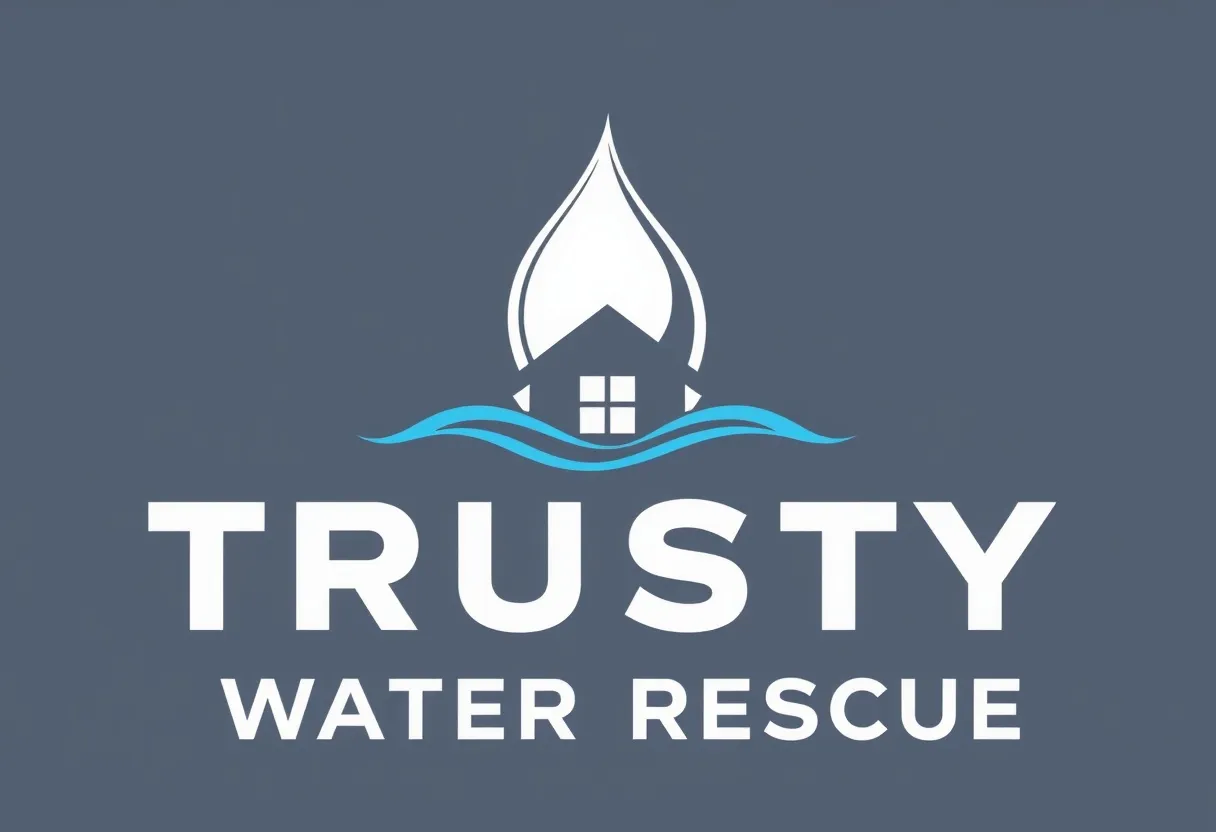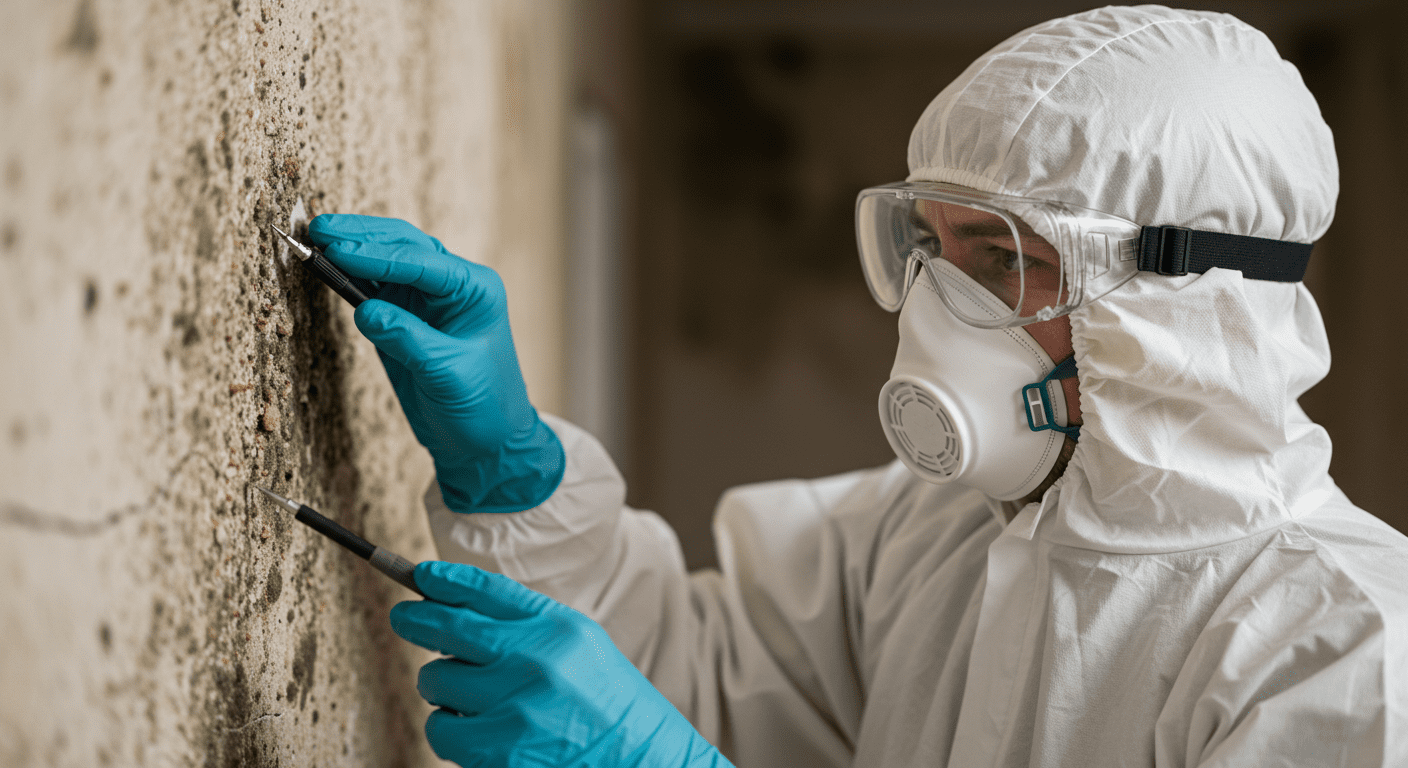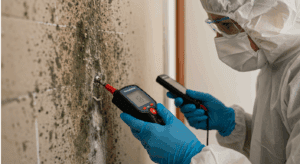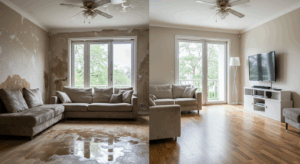Mold is a common household issue that can pose serious health risks if not handled properly. Whether you’re dealing with a small patch of mold or a larger infestation, ensuring your safety during the removal process is crucial. This guide provides essential tips for mold removal safety, including understanding the risks, using protective gear, effective cleanup methods, and preventing future growth.
Understanding Mold and Its Health Risks
Overview of Mold Types and Growth Conditions
Mold thrives in damp, humid environments and can grow on a variety of surfaces, including walls, ceilings, and floors. Common types of household mold include black mold, white mold, and green mold, each with varying levels of toxicity. Mold spores are microscopic and can spread through the air, making it easy for them to colonize new areas. Understanding the conditions that promote mold growth, such as poor ventilation and water damage, is the first step in addressing the problem.
Health Effects of Mold Exposure
Exposure to mold can lead to a range of health issues, particularly for individuals with allergies, asthma, or weakened immune systems. Symptoms may include respiratory problems, skin irritation, and headaches. Prolonged exposure to toxic molds like Stachybotrys chartarum (black mold) can result in more severe health complications. It’s essential to take mold infestations seriously and address them promptly to protect your health and well-being.
For more insights on mold-related health risks, check out our guide on mold in crawl spaces.
Essential Protective Gear for Mold Cleanup
Recommended Personal Protective Equipment (PPE)
When dealing with mold, wearing the right protective gear is non-negotiable. Essential items include:
- Respirators or masks: To prevent inhaling mold spores.
- Gloves: To protect your hands from direct contact with mold.
- Goggles: To shield your eyes from spores and cleaning agents.
- Coveralls or long-sleeved clothing: To minimize skin exposure.
Investing in high-quality PPE not only ensures your safety but also makes the cleanup process more efficient.
Importance of Proper Gear in Preventing Exposure
Using proper protective gear significantly reduces the risk of mold exposure. Mold spores can easily become airborne during cleanup, increasing the likelihood of inhalation or skin contact. By wearing the recommended equipment, you create a barrier between yourself and the harmful effects of mold. This is particularly important for individuals with pre-existing health conditions or sensitivities.
Effective Mold Cleanup Methods
Step-by-Step Guide for Small Mold Issues
For small mold infestations, you can follow these steps:
- Identify the source of moisture: Fix leaks or improve ventilation to stop mold from spreading.
- Prepare your workspace: Seal off the affected area to prevent spores from spreading.
- Clean the mold: Use a mixture of water and detergent or a commercial mold remover. Scrub the affected area thoroughly.
- Dispose of contaminated materials: Safely discard items that cannot be cleaned, such as porous materials like drywall or carpet.
When to Call Professionals for Mold Remediation
While small mold issues can often be handled independently, larger infestations or toxic mold types require professional intervention. Experts have the tools and expertise to safely remove mold and address underlying issues. If you’re unsure about the severity of your mold problem, it’s better to err on the side of caution and consult a professional.
For professional services, explore our top black mold removal services.
Preventing Future Mold Growth
Moisture Control and Ventilation Tips
Preventing mold growth starts with controlling moisture levels in your home. Use dehumidifiers and ensure proper ventilation in areas prone to dampness, such as bathrooms and basements. Regularly inspect for leaks in plumbing and roofing, and address them promptly. Keeping indoor humidity levels below 60% can significantly reduce the risk of mold.
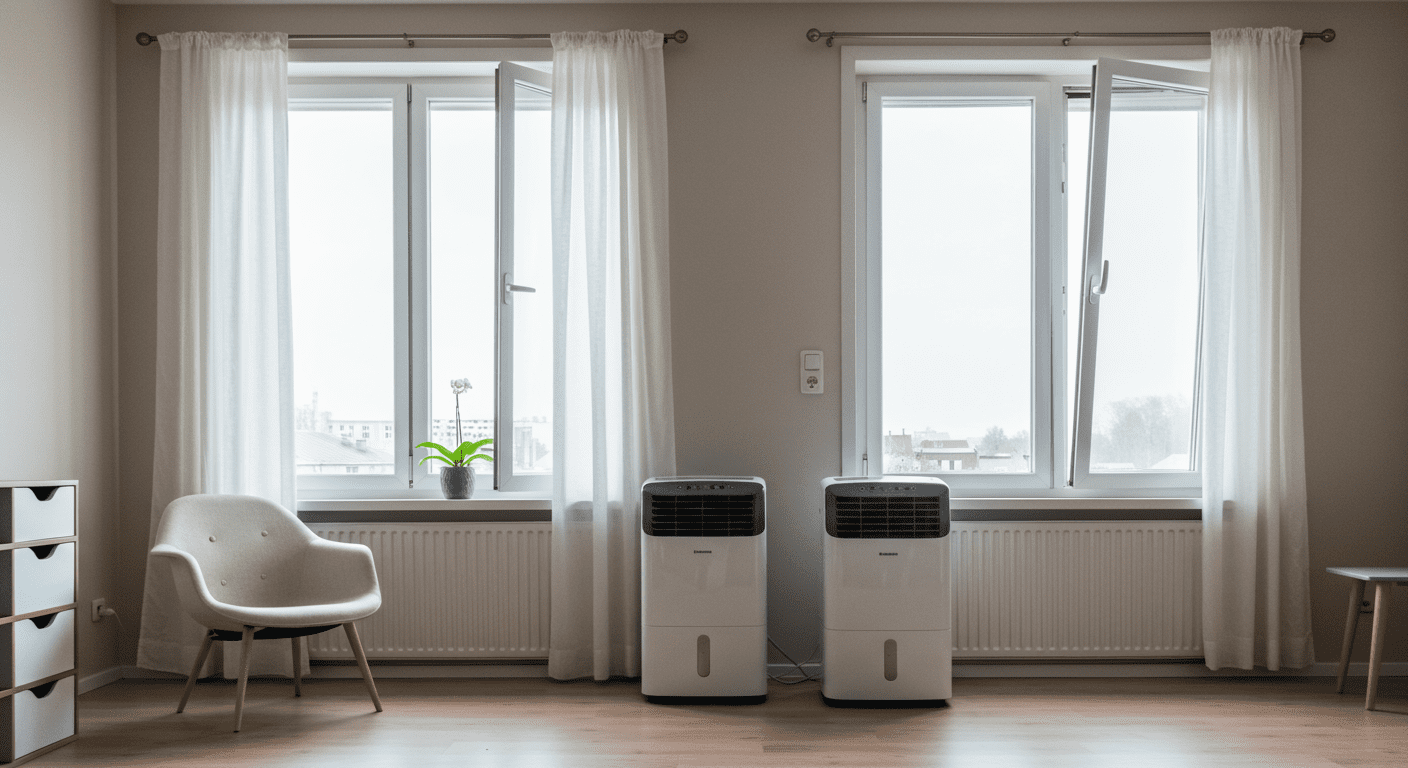
Regular Maintenance to Avoid Mold Infestation
Routine maintenance is key to keeping your home mold-free. Clean and inspect air conditioning units, gutters, and other areas where moisture can accumulate. Additionally, consider using mold-resistant products, such as paint and drywall, in areas prone to dampness. By staying proactive, you can minimize the chances of mold taking hold in your home.
For more prevention tips, visit our comprehensive moisture and mold solutions guide.
Mold removal can be a daunting task, but with the right knowledge and precautions, you can tackle it safely and effectively. By understanding the risks, using proper protective gear, following effective cleanup methods, and taking steps to prevent future growth, you can maintain a healthy and mold-free home. Remember, when in doubt, don’t hesitate to seek professional help to ensure the safety of your household.
